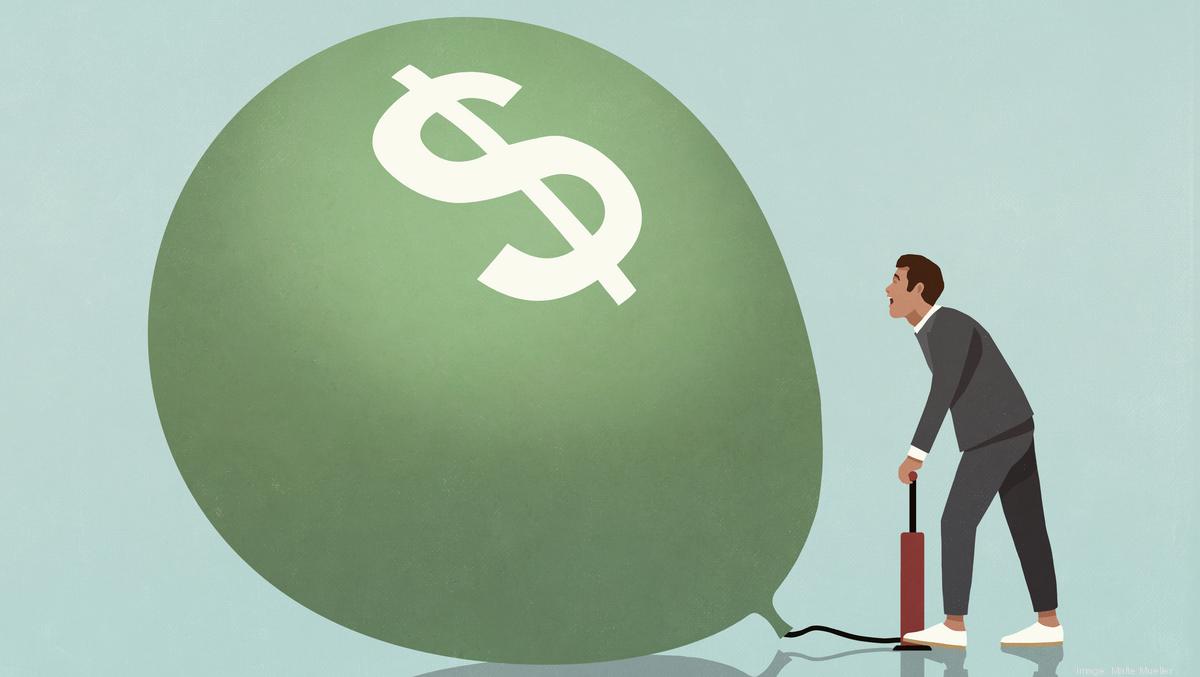
By:
The Fed just got a holiday gift by way of data the nation hasn’t seen in almost four years — further evidence that the central bank’s strategy to bring down inflation is working.The personal consumption expenditures index dropped 0.1% in November, its first decline since April 2020, which was the first full month of the pandemic.The Bureau of Economic Analysis released its November report on personal outcome and outlays on Friday. With after-tax income up more than spending, the personal saving rate rose to 4.1% in November from 4.0% in October, revised higher from 3.8%, noted Gus Faucher, chief economist at PNC Financial Services Group Inc. (NYSE:PNC).“Both core and overall inflation are slowing, and core inflation over the last six months has moved below the Federal Reserve’s 2% objective,” Faucher said via email. “Household income is rising with the strong labor market, and consumer spending is also increasing, albeit somewhat more slowly as households increase their spending.”The Fed signaled rate cuts next year via the Summary of Economic Projections released Dec. 13 following the Federal Open Market Committee’s final meeting of 2023. For the most part, that’s spurred optimism and boosted the stock market. BEA’s report was more good news.“Overall, it looks like the U.S. economy is moving toward slower growth — but no recession — in 2024,” Faucher said.Still, nothing is certain. The Fed hasn’t taken further rate hikes off the table and FOMC hasn’t declared victory on inflation.“But the outlook is much better than it was just a few months ago,” Faucher said. “The timing will depend on core PCE numbers over the next few months.”PNC expects personal income and consumer spending to continue to increase in the near term. Growth will depend on the labor market. Higher jobs and wages are supporting increases in both income and spending. Lower inflation is another positive for consumer spending, along with rising stock prices and home values. High interest rates will remain a drag on consumer spending growth in the near term, although that has lessened somewhat as long-term rates have moved lower toward year-end. Another constraint on spending growth will be the need for households to increase their saving.
See the full article on Personal Consumption Expenditures, or, read more Arizona real estate investing news. It’s your call!







